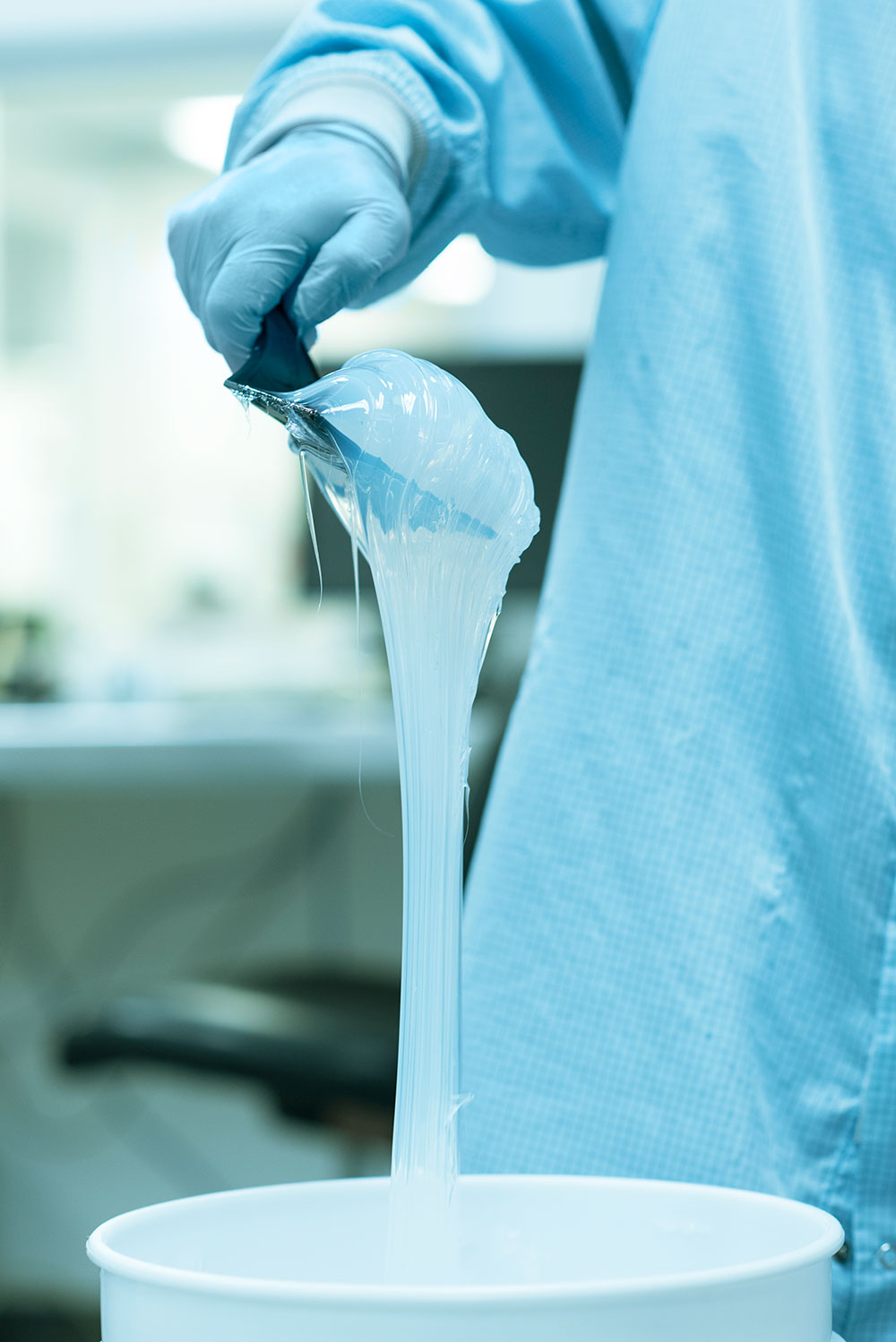As with all drug delivery technologies, key materials considerations for use in drug delivery include biocompatibility, stability, clinical/regulatory history of use, and the ability of the material to control release of the active pharmaceutical ingredient (API). Silicones have long been a material of choice for drug delivery given their extreme chemical inertness, range of stable mechanical properties, and ability to compound various APIs within the matrix. The rate of release is generally proportional to the loading of drug in the polymer, typically 5-50% by weight.

Ethylene vinyl acetate (EVA) is also frequently used in drug delivery application due to the additional ability to control release rate by varying the vinyl acetate content. Like silicone, EVA is processed at relatively low temperatures, typically 50-100C, which helps to minimize risks associated with degradation of the API. Polyurethanes and acrylate hydrogels have also been utilized in select applications.
Another option is to use a biodegradable material such as poly (lactic-co-glycolic acid) or PLGA to controllable release the drug while essentially “dissolving away” by hydrolysis to produce lactic and glycolic acid. While most developers exhibit a preference for materials with an established history of use in vivo, new materials for drug delivery remain an active field of research, including polymeric prodrugs.
